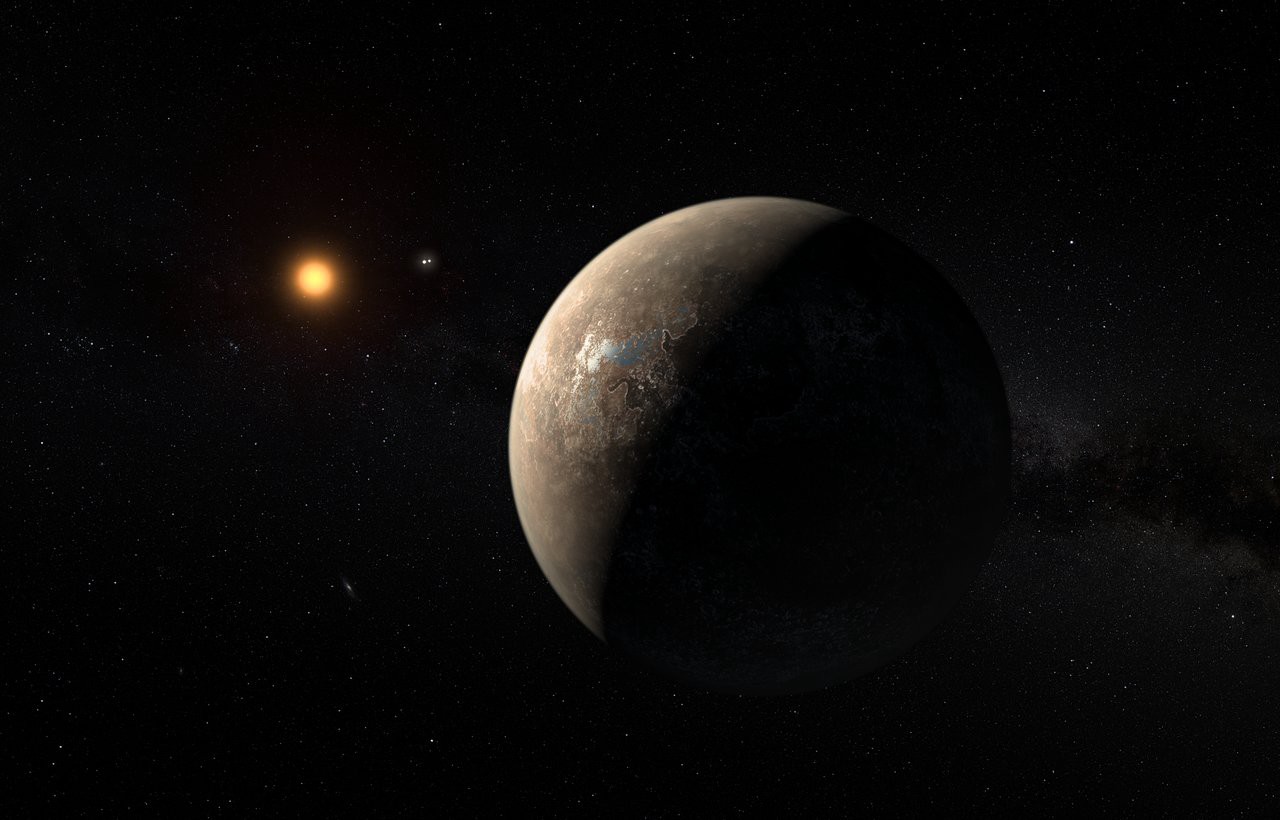why the typical habitable planet may be nothing like our own

Earth, we’re pretty used to it. For us, it’s a pretty nice planet with its vast blue oceans, lush green vegetation, a good balance of oxygen and nitrogen in its atmosphere, and a powerful magnetosphere to protect us from solar storms that can give us terminal sunburn during one of the Sun’s tantrums. But we often forget that since we evolved on this world, the conditions we find so terrific for life are probably deadly to alien life forms. Have you seen what oxygen does to metal? How saltwater erodes everything? And despite our magnetic protective shield, our home star can still give us skin cancer.
But for a while, we were kind of stuck with using our home planet as the only model for judging habitability. We know that water, or some sort of liquid that will act as a solvent in living systems is a necessity, so that’s a given. But when it comes to the finer points of atmospheric composition and magnetic fields, since Earth was the only place that we knew for sure had life, we thought that finding our twin would be the ticket to proving that we’re not alone in the cosmos. Maybe it’s time to reassess this approach after everything we’ve discovered about exoplanets. According to a recent study, space is probably littered with rocky, potentially habitable worlds orbiting red dwarfs, and Proxima Centauri b, the closest exoplanet orbiting the closest star to us, might just be one of them.
Forget blue oceans and green forests. Think of waters colored by metals and minerals churned from deep sea vents and jagged mountains shaped by winds that can howl across the planet, powered by the unceasing gaze of its star. To be close enough to a red dwarf to have liquid water, our prototypical world would have to be tidally locked. Day and night? More like a day side where the sun is always at high noon and cyclones rage around the equator, and a night side kept from freezing into giant glacier sheets by atmospheric convection. A seven year or so cycle would produce powerful UV and X-ray eruptions from its home sun, eruptions to which native life would have to quickly adapt by living underground or deep underwater, adapting to handle high doses of radiation in short bursts like some life on our own world, or be protected by a strong, steady magnetic field that could keep the worst of the stellar storms at bay.
That last one is kind of important because the stellar wind could strip away an atmosphere of a thriving world, much like the Sun did to Mars in our own solar system, and the Sun is not as prone to flare-ups as a red dwarf because it’s massive enough to convect only in its outer layers and keep its core more or less stable, while small stars churn throughout, producing larger sun spots, and more magnetic instability. Planets around red dwarfs could develop their magnetospheres from tidal heating as they orbit, but the strength would vary based on a multitude of factors. But no matter what, protecting life near a red star would be challenging, but life tends to find a way, and it would have billions of years and quadrillions of chances to evolve what works. And that’s really what makes the typical habitable world a tidally locked sphere around a tiny, turbulent red star more likely than Earth 2.0, the numbers.
Red dwarfs make up some 76.5% of stars in the entire universe. Their pale orange, slightly heavier cousins make up another 12% of all stars. The Sun, on the other hand, represents 7.6% of the stellar population. Not only that, but smaller stars live as much as ten times longer than Sun-like stars and don’t expand into red giants that broil their planets, meaning that instead of maybe 5.5 billion years from first organisms to the planet inevitably purging itself of even the heartiest microbe by roasting it, life would have almost 100 billion years to take hold. The possibilities are endless for these slow burning little stars and that we’re seeing so many potentially habitable worlds in a stable orbit around them seems to attest to this notion.
It just goes to show you that reality is stranger than fiction, and while even the most creative sci-fi writers were imagining Earth in different palettes when an alien home world that was home to living things was called for by the plot, it seems that they should have been imagining the typical alien looking up at a red or pale orange sun from the serenity of the perpetual twilight of its home world’s terminator, and those visiting Earth would complain of its bizarre day and night cycle, fiendishly hot, massive star, and the sheer improbability that oxygen, of all things, would be vital to the respiration of any species. Perhaps we’re not just an oddball species, but oddballs on a cosmic scale.





